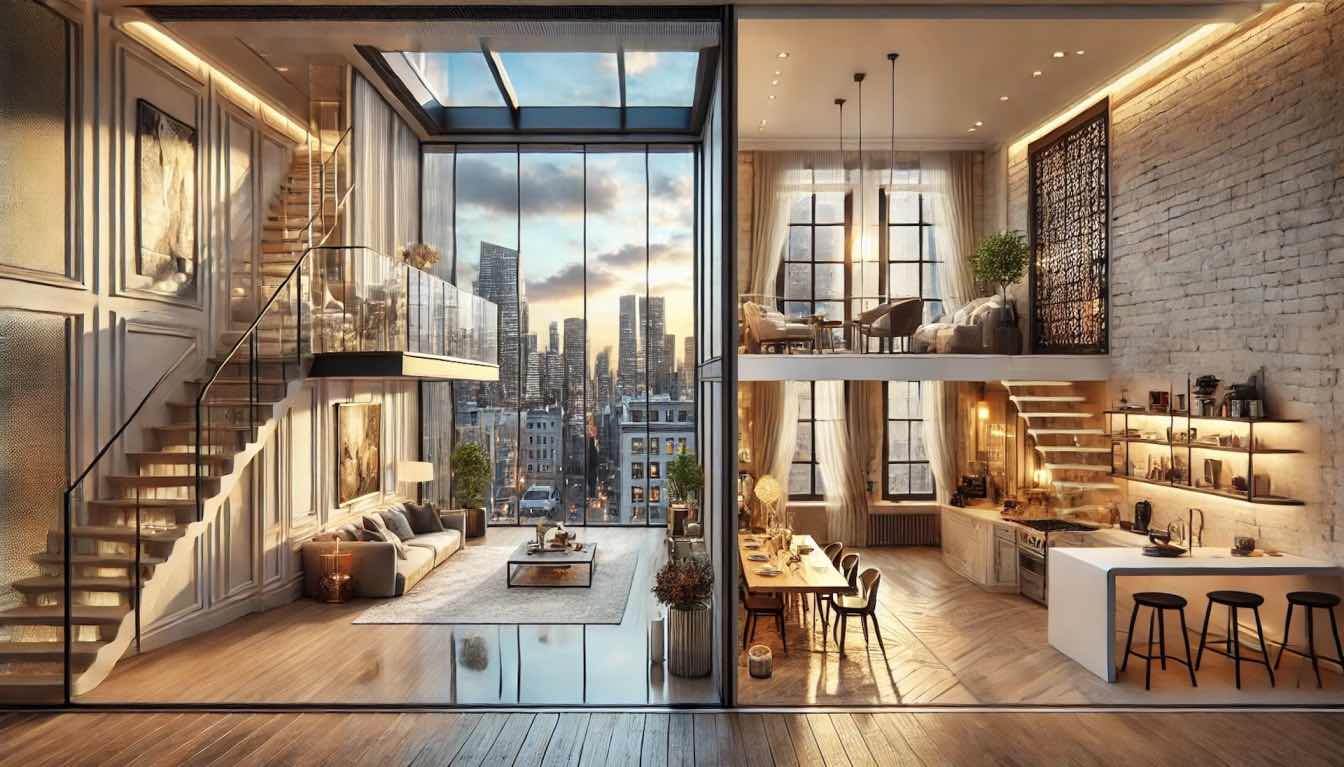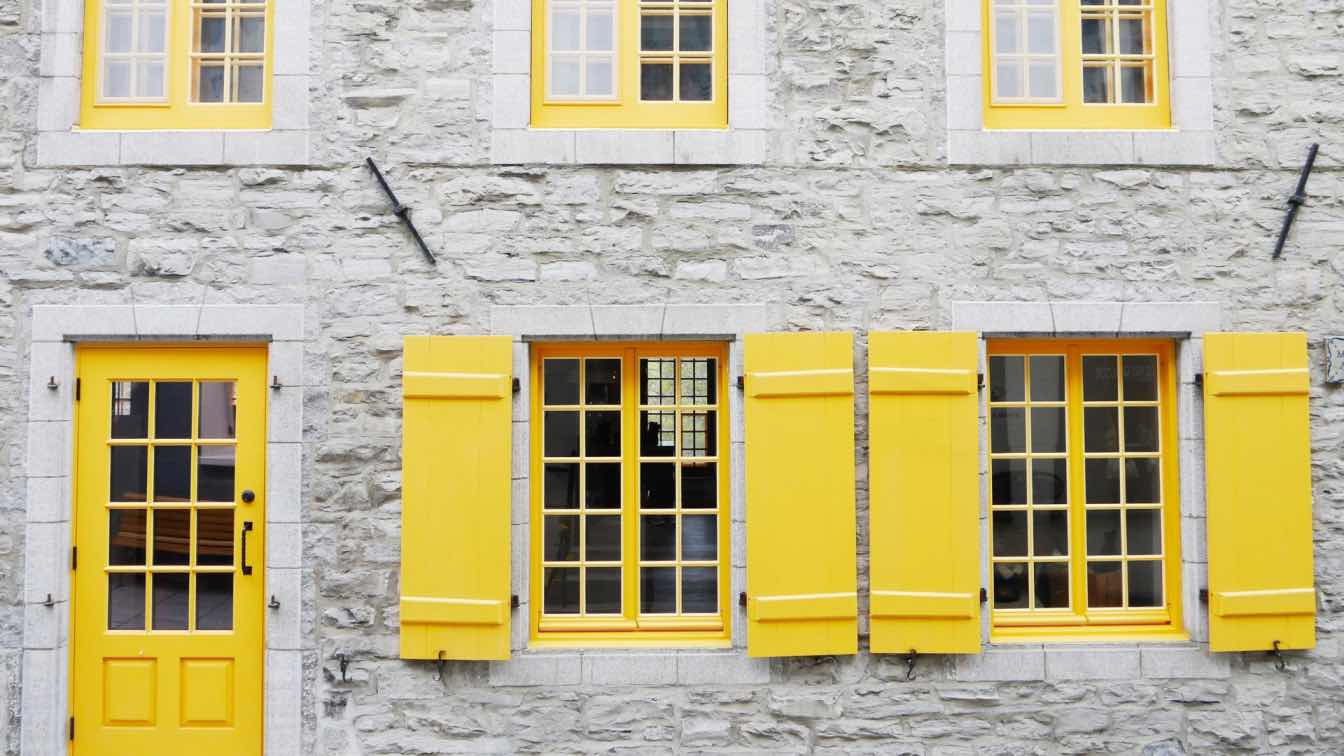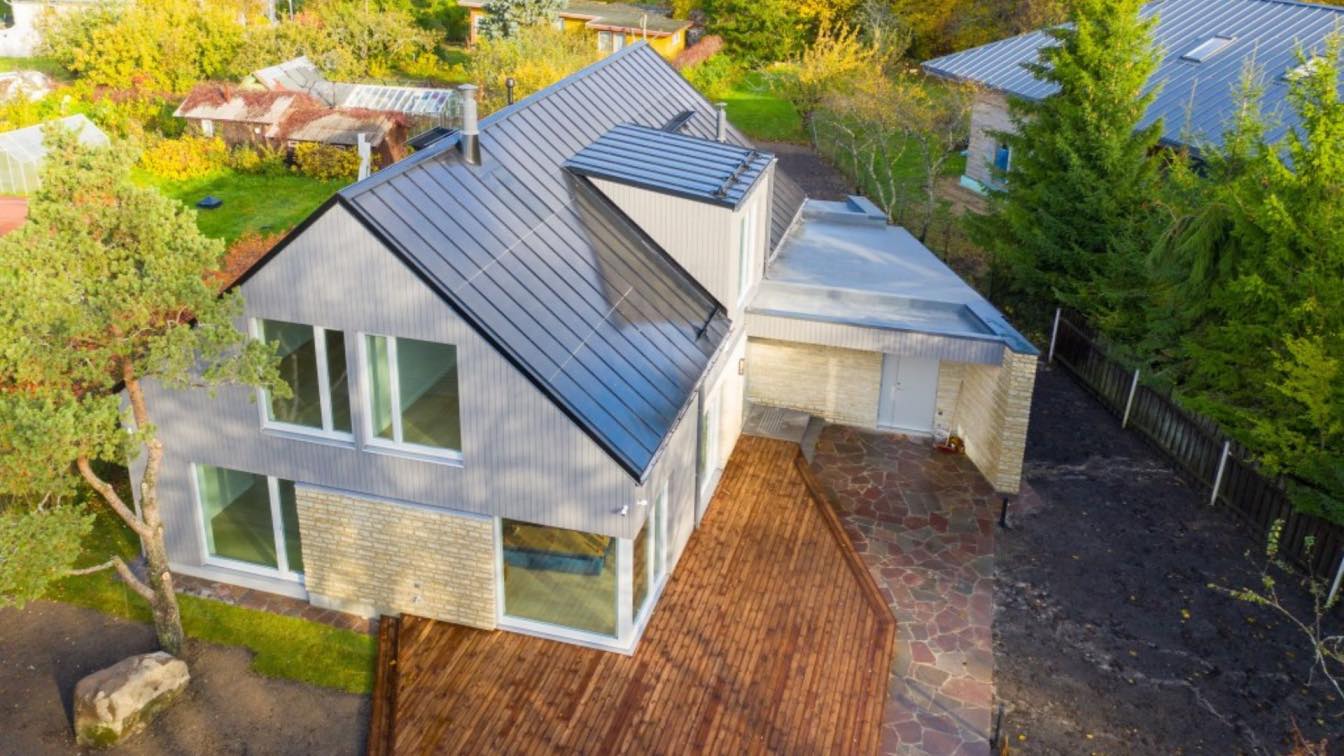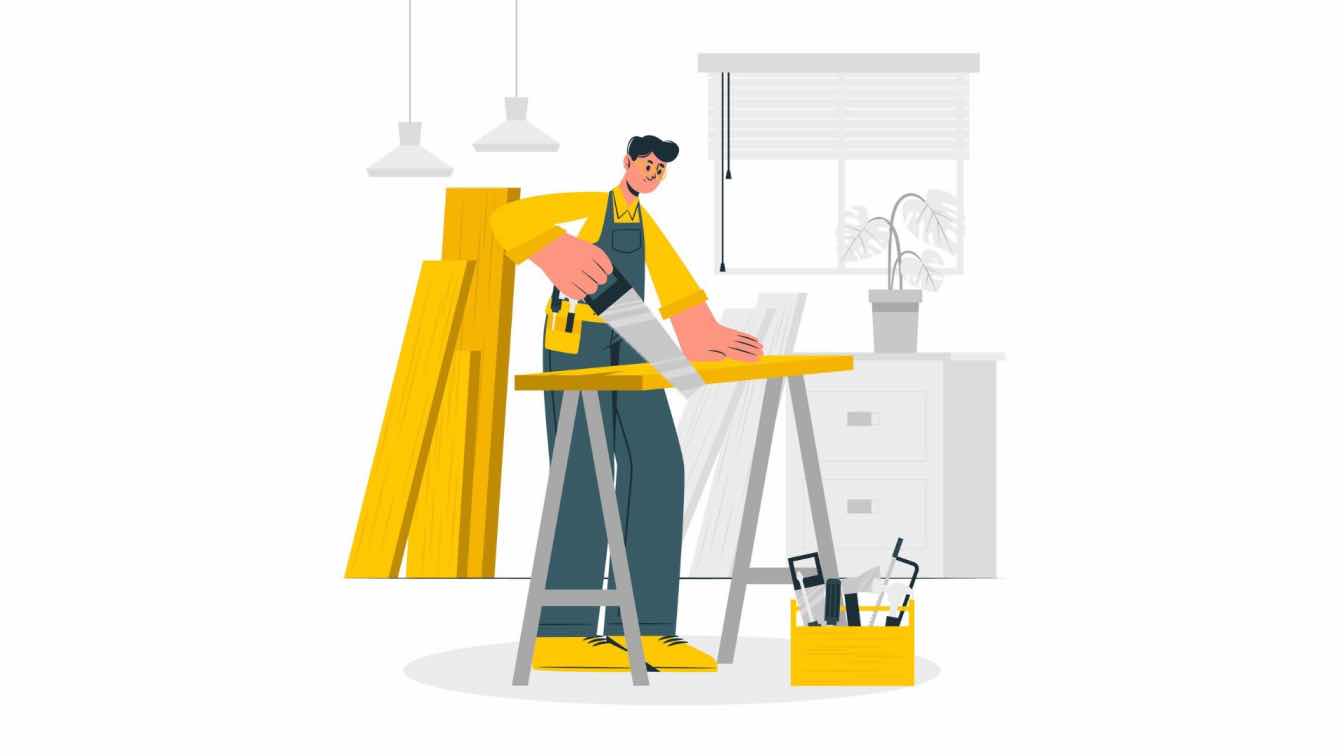Architectural visualizations have relied on a cast of generic "stock photo" people. They are essential for demonstrating scale and purpose—showing a bustling office, a family in a living room, or a pedestrian on a street. But these figures are often lifeless and detached. They don't have a story, a personality, or a connection to the project's stakeholders. They are placeholders, and clients can often see right through them.
The AI Breakthrough: From Placeholder to Personal
The same technology that allows for a "face swap" in a casual app can be repurposed for professional use. Instead of swapping a celebrity's face onto a friend, architects can use AI to seamlessly integrate the faces of real people into their visualizations.
For the Clients
Putting a client a photorealistic render of their future home, and they see themselves and their family enjoying the space. Their faces, with their unique expressions and identities, are seamlessly integrated into the scene.
This isn't just a house; it's their home. This personal connection creates a powerful emotional impact that a generic render can't match. It moves the project from an abstract design to a tangible, personal reality.
For the Team
The same principle applies to commercial projects. Visualize a new office building with a render that features the company's CEO and key team members "at work." This makes the vision feel more real and collaborative, reinforcing the idea that the space is being built for them.
Tip: If you want to have a try, you can use Vidqu AI. It provides various online face-changing services, so you can personalize a render image or a video. And all services are free and quick to be accessed now.
The Mechanics of a "Face Swap" in ArchViz
AI face swappers, often using a combination of image manipulation and generative AI, can take a source photo of a person's face and a target image (the render with a placeholder person) and merge them. The AI intelligently handles the complex details:
Lighting and Shadowing: The AI automatically adjusts the new face's lighting and shadows to match the scene's ambient light, preventing the "cutout" look.
Perspective and Angle: It repositions the face to match the perspective of the target person in the render, ensuring the proportions and angles are correct.
Skin Tone and Texture: It blends the skin tone and texture so the new face feels like it belongs in the photograph, not simply pasted on top.
Ethical and Creative Considerations
This is a crucial point to address for a professional audience. While this technology is powerful, it must be used responsibly.
Consent: using a person's image, especially a client's, requires explicit consent. This is a non-negotiable ethical and legal requirement.
Maintaining Artistic Control: The tool is an assistant, not a replacement. The architect still decides who is in the render, their pose, and the overall narrative of the scene.
Conclusion: A Human-Centered Future
AI-driven "face swapping" is not just a technological trick; it's a new way to humanize architectural design. It allows architects to tell a more compelling story, build a stronger emotional connection with their clients, and ultimately, create a more personal and relatable vision for the built environment. It's a subtle but profound shift that puts the human element—the people who will live, work, and thrive in these spaces—at the very heart of the visualization process.





